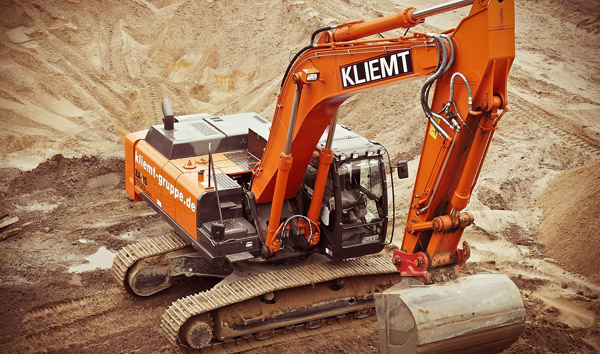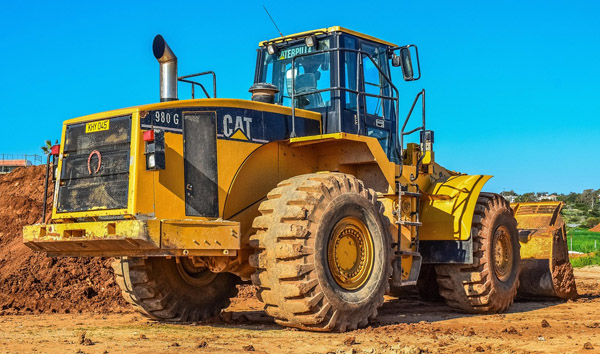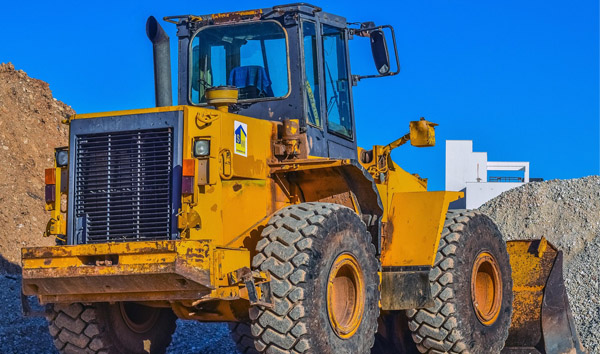Revolutionizing Heavy Lifting: The Future of Rough Terrain Forklift Energy Efficiency
2025-07-29 05:45:27
The Rough Terrain Forklift industry is undergoing a seismic shift as manufacturers prioritize energy-saving technology to meet the growing demand for eco-friendly and cost-effective solutions. These rugged machines, designed for challenging outdoor environments, are now integrating advanced systems that minimize fuel consumption while maximizing performance. With rising fuel prices and stricter emissions regulations, businesses are turning to energy-efficient models to stay competitive and reduce their carbon footprint.
One of the most groundbreaking advancements in rough terrain forklift energy-saving technology is the adoption of hybrid powertrains. By combining traditional diesel engines with electric motors, these forklifts significantly cut fuel usage without sacrificing power. For example, leading manufacturers report up to 30% fuel savings in real-world applications. This hybrid approach not only lowers operational costs but also extends the lifespan of critical components, making it a smart long-term investment for industries like construction, agriculture, and logistics.
Another key innovation is the use of intelligent energy management systems (IEMS) in rough terrain forklifts. These systems continuously monitor load weight, terrain conditions, and operator behavior to optimize energy consumption. By automatically adjusting engine output and hydraulic flow, IEMS ensures that no energy is wasted during idle periods or light-duty tasks. Industry data shows that forklifts equipped with IEMS achieve up to 20% higher efficiency compared to conventional models, proving that smart technology is the future of rough terrain operations.
Regenerative braking is also making waves in the rough terrain forklift sector. This energy-saving technology captures kinetic energy during deceleration and converts it into reusable power, which is then stored in onboard batteries or capacitors. Tests indicate that regenerative braking can reduce fuel consumption by up to 15%, particularly in applications with frequent stop-and-go cycles. As sustainability becomes a top priority for businesses, features like this are driving the adoption of next-generation rough terrain forklifts.
The future of rough terrain forklift energy-saving technology looks brighter than ever, with research focusing on alternative fuels like hydrogen and advanced lithium-ion batteries. Early prototypes have demonstrated impressive results, offering zero emissions and lower operating costs. As these technologies mature, they will redefine what’s possible in heavy lifting, ensuring that rough terrain forklifts remain indispensable tools for industries worldwide. Investing in energy-efficient models today means staying ahead of the curve tomorrow.













